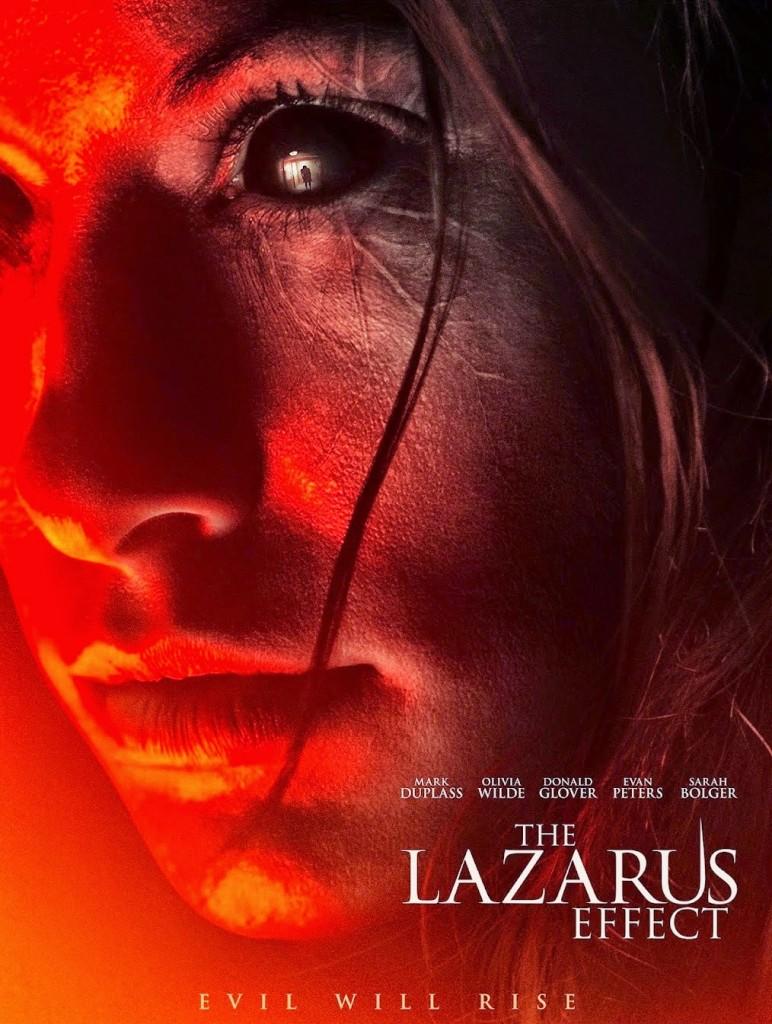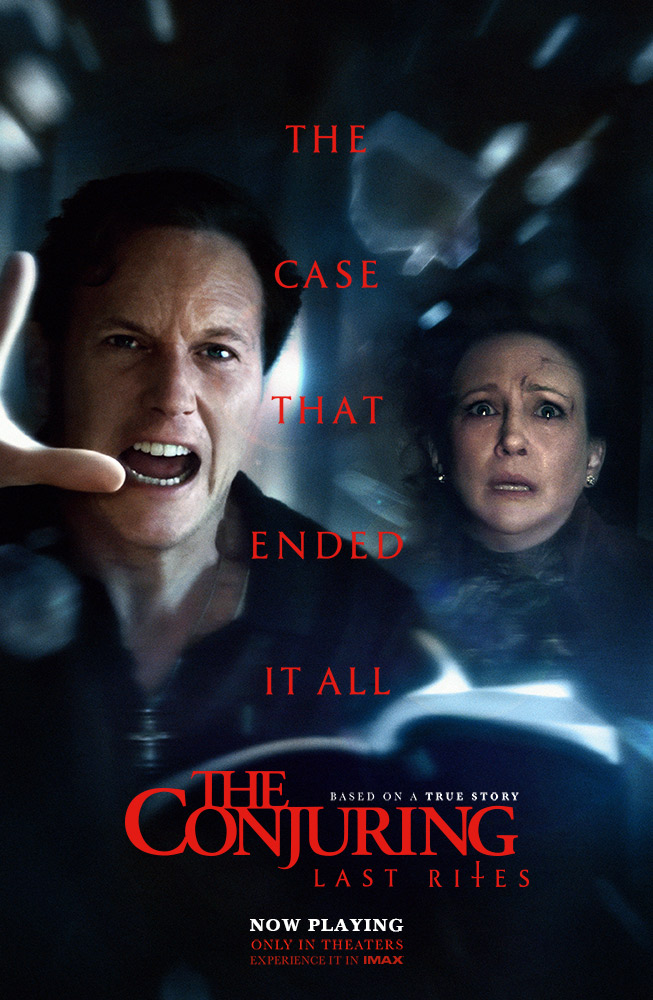“The Lazarus Effect,” is a psychological horror film that was released in 2015 and recently added to Netflix. The movie features a strong cast with significant star power. Olivia Wilde, Donald Glover and Evan Peters are the majority of the main cast and work very well together.
The relationships and characters are all shown in an authentic way and are developed effectively throughout the better part of the movie. Frank, played by Mark Duplass; Zoe, played by Wilde; Clay, played by Peters; and Niko, played by Glover; are a group of medical researchers working on a way to save coma patients, but they accidentally discover a serum that can bring animals and people back from the dead.
They successfully resurrect a dog, but shortly after, their experimental research on animals is discovered and all their grant, research and data are taken from the group. Determined to continue working on the serum in order to gain fame and recognition for what they have done, they sneak back into their lab to resurrect another dog while a student named Eva, played by Sarah Bolger, films it.
While preforming the experiment for a second time, Zoe is accidentally killed. Stricken by grief, husband Frank injects his wife with the serum and successfully brings her back from the dead. For a short time it seems like everything is OK, but while preforming tests on Zoe, the rest of the team finds out that there is unusual brain activity. The side effects of being brought back from the dead seem to include increased brain power and increased aggression.
For the first half of the film director David Gelb manages to bring us a film that is unique and creepy. Using deliberate misdirection, there are many jump scares that are sure to make you jump in your seat at least once.
There are real and believable relationships between these characters, and that is why the first half works so well. Each character is unique and is adequately developed. However, after Zoe is resurrected the movie quickly declines. Character motive was almost entirely thrown out the window and some scenarios feel very forced.
There are a few sets that shift throughout the movie, so this isn’t a “single set” horror film, but it’s close. There are numerous uses of special effects, but all are subpar and look like effects you would see in an amateur film with a less impressive cast.
There is good use of lighting to create an appropriate atmosphere throughout the entirety of the movie; this is accented by the expert use of sound and music in the first half. With a runtime of about an hour and a half, the movie slows down significantly around the 45-minute mark. This is due to the poor special effects, the forced scenarios and the overuse of generic jump scares.
If you want to see a movie just to be scared a few times and to see some very good performances from all the actors then this movie will give you that.
Just don’t be surprised when an interaction between characters seems fake or when a scenario doesn’t make sense.
NICK HUMES








